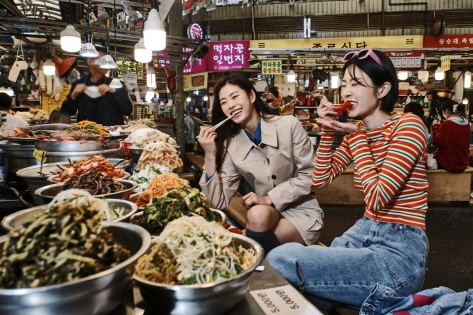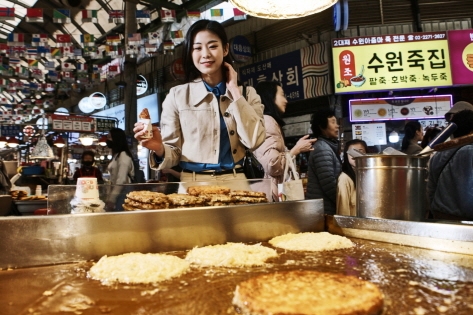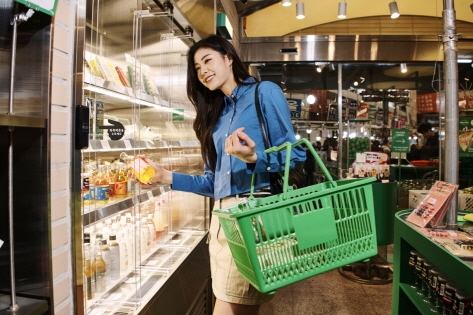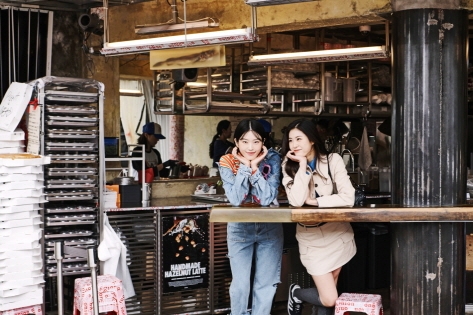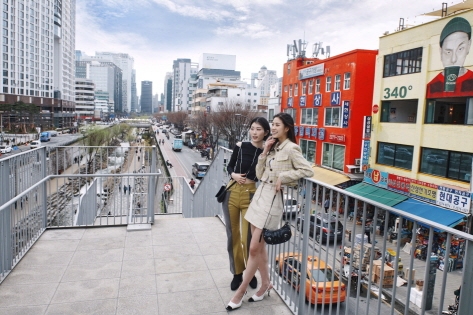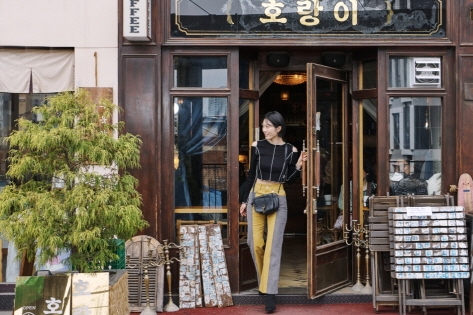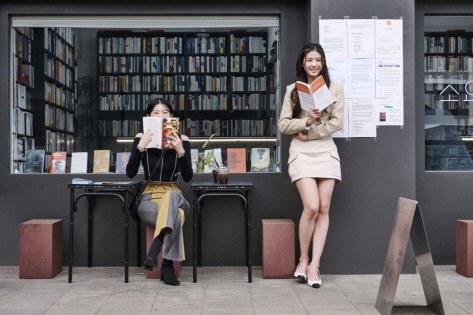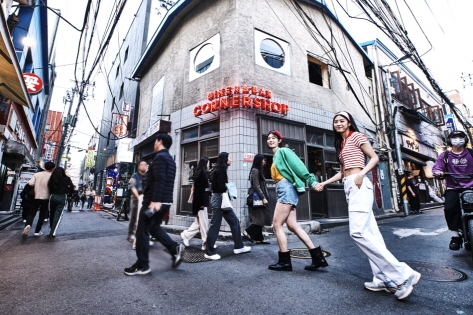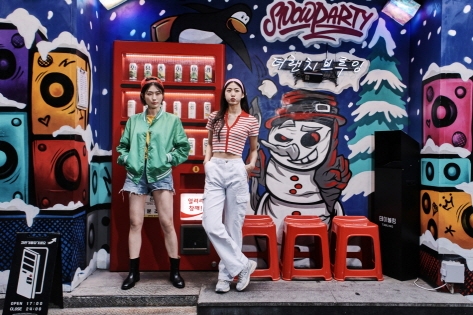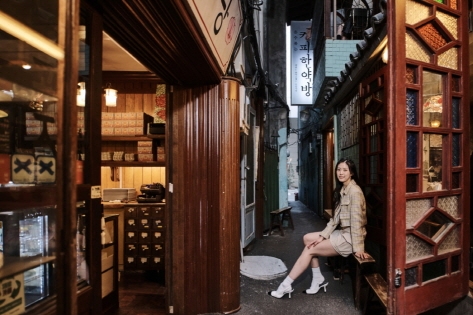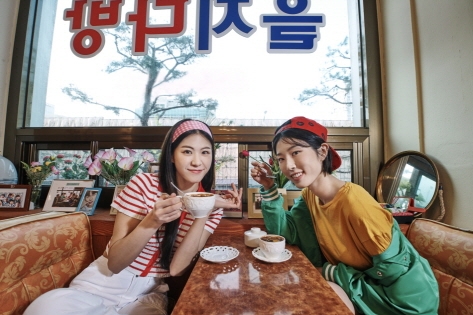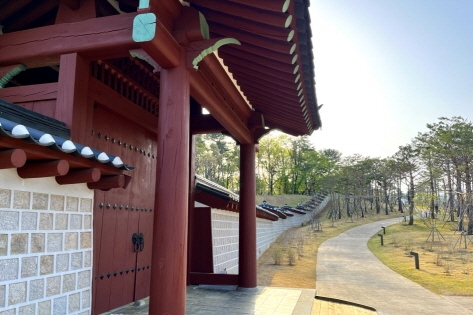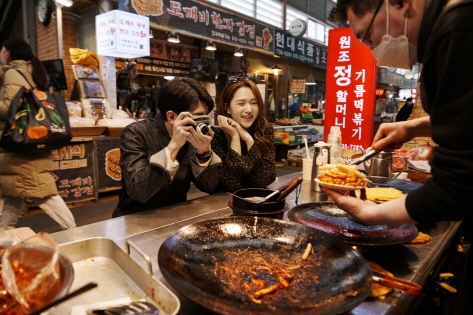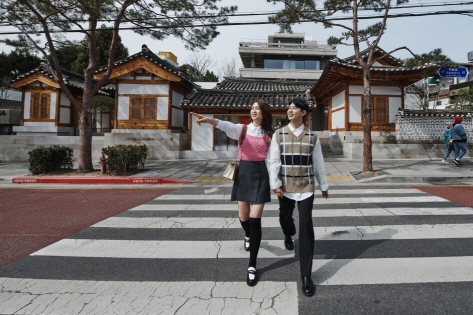- Log in
-
- Sydney Overseas Office
- London Overseas Office
- Toronto Overseas Office
- Los Angeles Overseas Office
- New York Overseas Office
- Ulaanbaatar Overseas Office
- Istanbul Overseas Office
- Dubai Overseas Office
- New Delhi Overseas Office
- Manila Overseas Office
- Jakarta Overseas Office
- Hanoi Overseas Office
- Kuala Lumpur Overseas Office
- Singapore Overseas Office
- Bangkok Overseas Office
- Map
- Sydney Overseas Office
- London Overseas Office
- Toronto Overseas Office
- Los Angeles Overseas Office
- New York Overseas Office
- Ulaanbaatar Overseas Office
- Istanbul Overseas Office
- Dubai Overseas Office
- New Delhi Overseas Office
- Manila Overseas Office
- Jakarta Overseas Office
- Hanoi Overseas Office
- Kuala Lumpur Overseas Office
- Singapore Overseas Office
- Bangkok Overseas Office
Travel Highlights
-
-
-
Seoul Hot Spots for Good Food, Drinks, and Photos
-
06/02/2023
6K
-
2
7
-
-
Traditional Market
trending_place
retro
traveling_alone
Gwangjang_Market
Tongin_Market
-
-
-
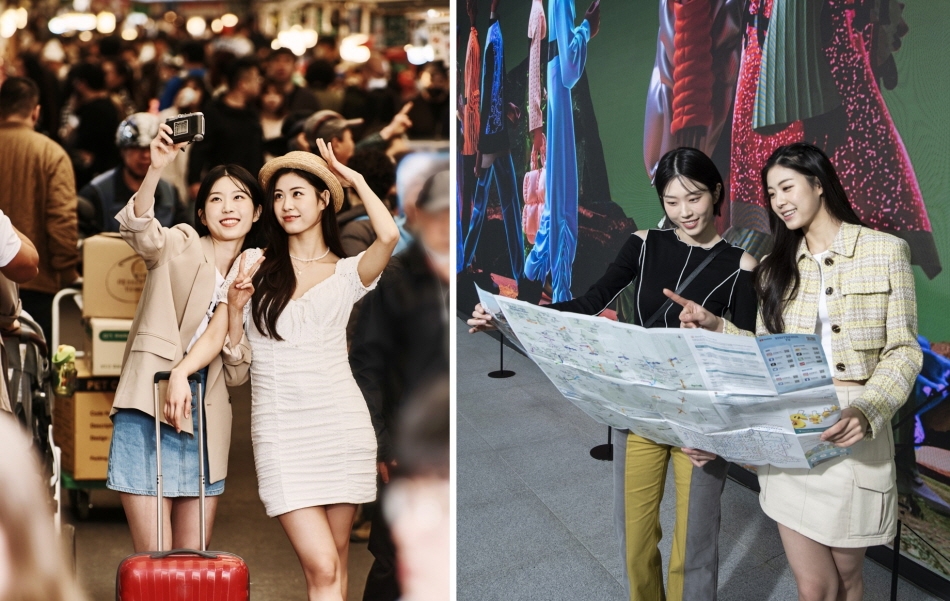
When traveling to a new travel destination, you create your own list of must-see attractions and must-do experiences. When you are in Seoul, how about including traditional markets on your list? In the traditional markets, you can see and feel how the locals live, quite different from what you can learn from simply reading guidebooks. Walking through the alleys full of people, you can appreciate the vibe of the place mingling with citizens and merchants. On top of that, you can take some amazing photos.
Curious about Seoul and the locals living in this city? Visit the Korea Tourism Organization's HiKR(Hi from Korea) GROUND located along Cheonggyecheon Stream. They help customize your travel itinerary depending on your taste. Your travel draft is sure to be upgraded to the fullest.
Leaving HiKR Ground, turn right along Cheonggyecheon Stream to find Gwangjang Market, or go left past Gwanghwamun Gate to reach Tongin Market. In any season, Cheonggyecheon, a charming downtown stream, will greet you, so take a walk enjoying stopovers at Seoul's hot spots. If you want to experience Newtro (meaning the trend of "modernized retro”), go to Gwangjang Market to the right, and if you want to feel the atmosphere of the Joseon dynasty under a tiled hanok roof, take a turn to the left to Tongin Market.Old, New, Hip, Everything is Here! (Gwangjang Market and its surroundings)
Can a traditional market rise to be a mecca for hipsters? Gwangjang Market is a place that fits easily to such words as retro, new, and cool. The savory smell of foods being cooked greets you first and leads you to various food zones such as bibimbap, yukhoe (beef tartare), kalguksu (noodle) and many more.
Go down the main road toward Jongno 3-ga to find Sewoon Cheonggye Arcade, which has emerged as a mecca for Newtro after undergoing a grand remodeling. Cross the street to walk along the stone walls of Jongmyo Shrine and Changgyeonggung Palace. There are a number of popular cafes everywhere you turn, so take a break there whenever you need one. If you made up your mind to go to Cheonggyecheon Stream, go straight to Hipjiro (a combination of the words hip and Euljiro)! You will have special encounters with the past in secretly hidden spaces of old and shabby buildings where reality and fantasy co-exist.
#MZ Travel #Solo Travel #Hipjiro #Retro #Hot PlacesGwangjang Market
Gwangjang Market is by far the most popular traditional market in Seoul. They serve pan-fried bindaetteok (mung bean pancake) and meatballs, fresh and chewy yukhoe, simple but addictive seaweed-rolled rice with mustard sauce, chewy hand-made noodle, and bibimbap (rice mixed with various vegetables of your own choice). Walking around the market, you will feel sorry that you have just one stomach.
Want to feel the spirit of youth? Stop by the ‘365-Day Market’ inside Gwangjang Market. You will find accessories, traditional Korean motifs reinterpreted in a kitschy way, meal kits made of popular foods, and beers from the well-known Gwangjang Market 1905 Beer. You can even get them as take-out and enjoy in your hotel room. Cafe Onion, located at the corner of the entrance to Gwangjang Market, and Wine Bar Hidden Hour are also must-go places.
Sewoon Cheonggye Arcade
Sewoon Cheonggye Arcade was Korea’s first residential-commercial complex, and appeared in the K-drama, Vincenzo. Over time, the building deteriorated into a slum, and discussions were started about launching a redevelopment project. At the end of a long discussion, however, the decision was made to regenerate the buildings and shopping districts. Now it has emerged as a mecca for Newtro coupled with the Hipjiro [Hip + Euljiro] trend.
Hip cafes and electronics shops line the pedestrian walkways on the 3rd floor which connect eight shopping malls. ‘Horangyi’ is a cafe representing Sewoon Plaza. When you open the door of the cafe, the meaning of ‘hip’ and ‘retro’ become very clear. Make sure to try the savory Horangyi (meaning tiger) Latte and the Fruit Sando made with seasonal fruits. Explore ‘Geumjiokyeop’, which sells various items related to movies. ‘Ppau’ is famous for delicious donuts, and ‘Soyo Bookstore’ leads you to contemplation in the crowded downtown. Walk around the aerial footpath and take pictures with the buildings across the street in the background, and you can get dozens of amazing photos. Tip: set your mobile phone camera to the sepia tone mode.
Around Euljiro
‘Hip’, ‘New’, and ‘Retro’ were words that many believed could not coexist. However, the MZ generation found something cool in the things of the past at Euljiro, an old street that represents an era they had never experienced. For the MZ generation, something ‘retro’ was transformed into something ‘newtro’. The first place to be blessed with the newtro trend was Euljiro around Euljiro 3-ga Subway Station. Today, the street is called Hipjiro [Hip plus its original name Euljiro], and faded signboards with fonts that do not exist in current design programs creates a unique scene that cannot be found anywhere else on the planet. Go one more block into the alley, then you will encounter old buildings without even a signboard. From there, it is better to rely on your sixth sense rather than the map. Climb the dim-lit stairs of an old shabby building in search of unique stores. You may feel as if you have fallen into a wonderland like Alice.
Across a very narrow alley are ‘Coffee Hanyakbang’ and ‘Hyemindang.’ 'Eulji Jangmanok' has the romantic feel of Hong Kong; 'Euljimaegok’ is a restaurant where you can have pizza and beer together; and 'Jeonjujip’ is a restaurant where you can have Korean soul foods, i.e. grilled pork belly and fried rice. You may find it hard to spot those places, but it is worth looking for them.
If you are an ARMY, there is a place you must visit in Hipjiro. It is Eulji Dabang, the location where the BTS 2021 season greeting was shot. Relocated to another place recently near Exit 10 of Euljiro 3-ga Station due to the urban redevelopment project, it opens at 6:00 in the morning, so it is a good idea to begin your day in this café with a cup of Ssanghwa tea with egg yolk, which is sure to relieve you of the fatigue of traveling.
Jongmyo-Changgyeonggung Palace Stonewall Road/Changdeokgung Secret Garden
Don’t miss out on the nearby Changgyeonggung Palace, Changdeokgung Palace, and Jongmyo Shrine, a UNESCO World Heritage Site. The 340 meter-long wall between Changgyeonggung Palace and Jongmyo Shrine has been restored, and is perfect for taking a walk in the quiet landscape located next to crowded downtown.
Teleport to Old Seoul, Hanyang! (Tongin Market and its surroundings)
During the Joseon dynasty, Seoul was called Hanyang. With Gyeongbokgung Palace where the king lived sitting at its center, the royal family and the nobility lived in the area to its right which is called Bukchon (meaning ‘village in the north’), while medical officers and interpreters settled down in the area to its left called Seochon (meaning ‘village in the west’). Each district still has its own culture maintained especially in the old alleys.
Shall we take a tour of lively Seochon? Compared to other markets, Tongin Market is modest in size but has plenty of things to enjoy. The Sejong Village Food (Culture) Street and narrow alleys, which are more crowded at night, look like a scene from an old movie.
Let’s go to the east passing by Gyeongbokgung Palace, Gwanghwamun, and Blue House (former Presidential residence). You can reach Bukchon Hanok Village in about 20 minutes on foot.
Start from Exit 2 of Gyeongbokgung Station on Subway Line 3. From there you can easily determine the next travel route without difficulty. For a tour of the palace and Bukchon, try renting a hanbok from the rental shop to feel like a king or queen of the Joseon dynasty. There are plenty of wonderful photo spots, so don’t forget to bring your camera with you!
#couple trip #friendship trip #lively #traditionalTongin Market
Yeopjeon is the coin currency that was used in the 19th century, during the Joseon dynasty. What if you could use it today? What distinguishes Tongin Market from others is the Yeopjeon Lunchbox. First, buy 10 coins worth 500 Won each at the 'Tongin Market Lunchbox Café Tong' located in the middle of the market, go around the market to choose a variety of foods you want to try, and put them in the lunchbox. The number of coins needed for each food is posted at each shop. You then pay for them by putting the necessary number of coins into a small jar.
Tongin Market offers a variety of foods and its signature menu includes oil tteokbokki (hot rice cake stew), gujeolpan that delights the eyes with its five colors, noodle soup, and stir-fried pork. You can buy soup and rice for two yeopjeon each at the lunchbox cafe. Leftover yeopjeon can be refunded at the place of purchase.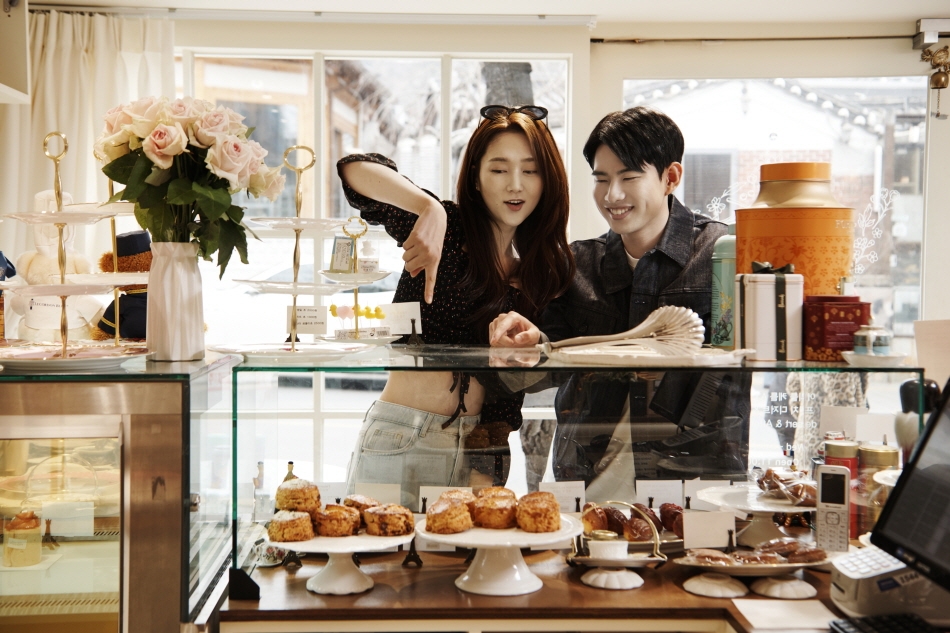
There are many adorable cafes, restaurants, and small shops around Tongin Market, so you will never get bored here.
Sejong Village Food (Culture) Street
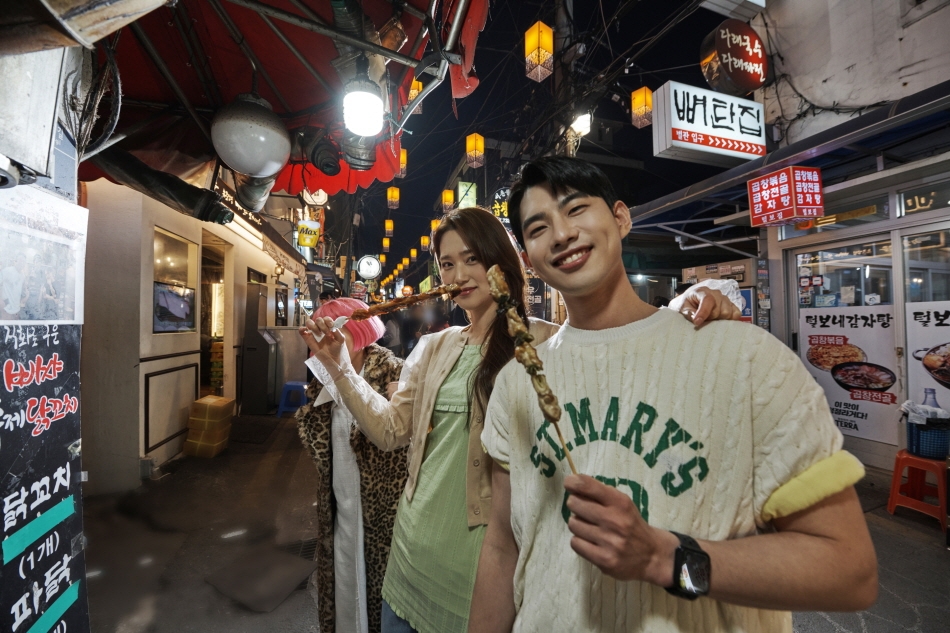
Sejong Village Food (Culture) Street has been very popular since 1985 when the Gyeongbokgung Subway Station opened. Well-known old and new stores and restaurants stand shoulder to shoulder lining the street. A balanced mix of stores with long histories with new ones attracts the MZ generation.
Once you have a full stomach, it's time to take a walk along the narrow alley to the right of the market. You may come across ‘Dae-o Bookstore’, the oldest bookstore in Seoul, which has been converted into a café.Gyeongbokgung Palace
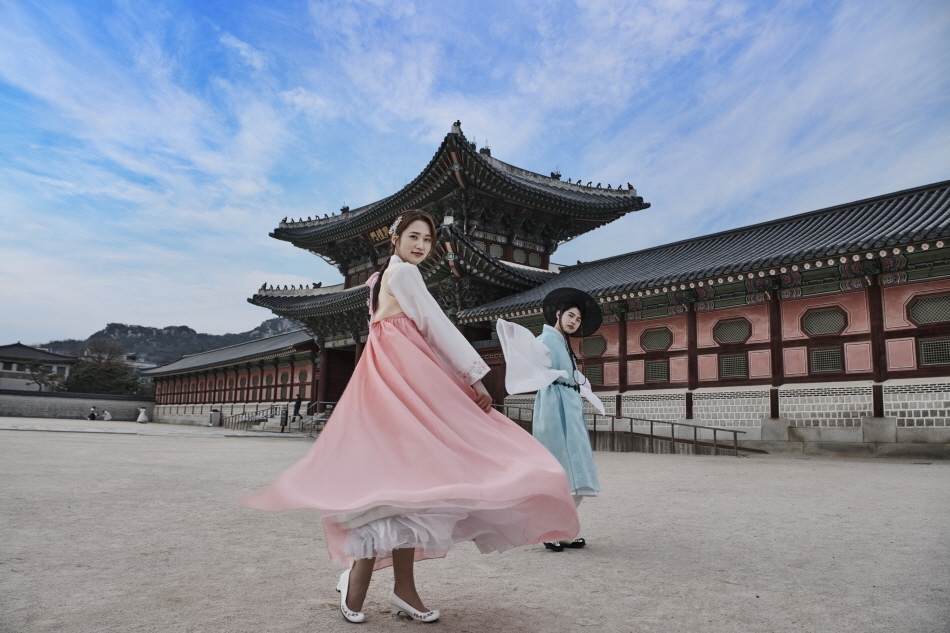
Gyeongbokgung Palace was the first palace of the Joseon dynasty, built by Taejo Lee Seong-gye as he moved the capital to Hanyang, modern-day Seoul.
Are you short on time or want to avoid the crowds and take once-in-a-lifetime pictures? Go straight to Taewonjeon Hall, which is the farthest from Geunjeongjeon Hall, the main hall of the palace, and then look around Hyangwonjeong and Gyeonghoeru Pavilions before moving on to the next course. If it works in your schedule, try the night-time tour, which is only available from April to May and from September to November.
Tip! You can enter the site for free if you wear traditional Korean clothing, hanbok.Blue House
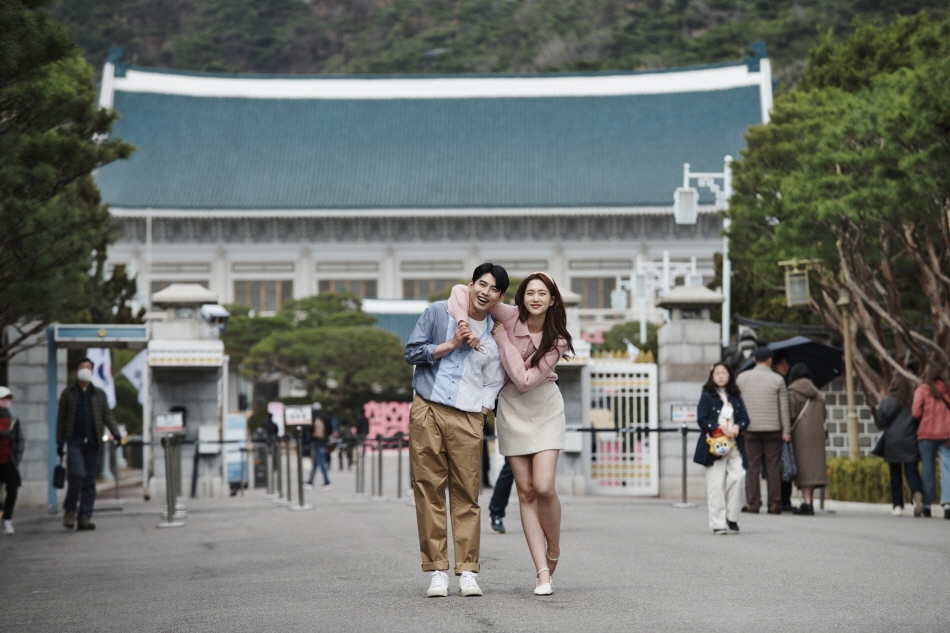
If you come out of Shinmumun Gate at the north end of Gyeongbokgung Palace, you can see the Blue House. Called Cheong Wa Dae in Korean, it was used as the executive office and official residence of the Korean President until 2022. The incumbent President moved to a new location, but the Yeongbingwan (‘state guest house’) is still used to host official events for state guests.
Samcheong-dong
This neighborhood has the most stylish street in Seoul armed with famous galleries proud of their own unique archives. You are sure to get inspiration here where things old and new co-exist.
Many restaurants and cafes have opened and closed, but Samcheong-dong's famous restaurants have remained in place up to date, attesting to their taste.Gwanghwamun
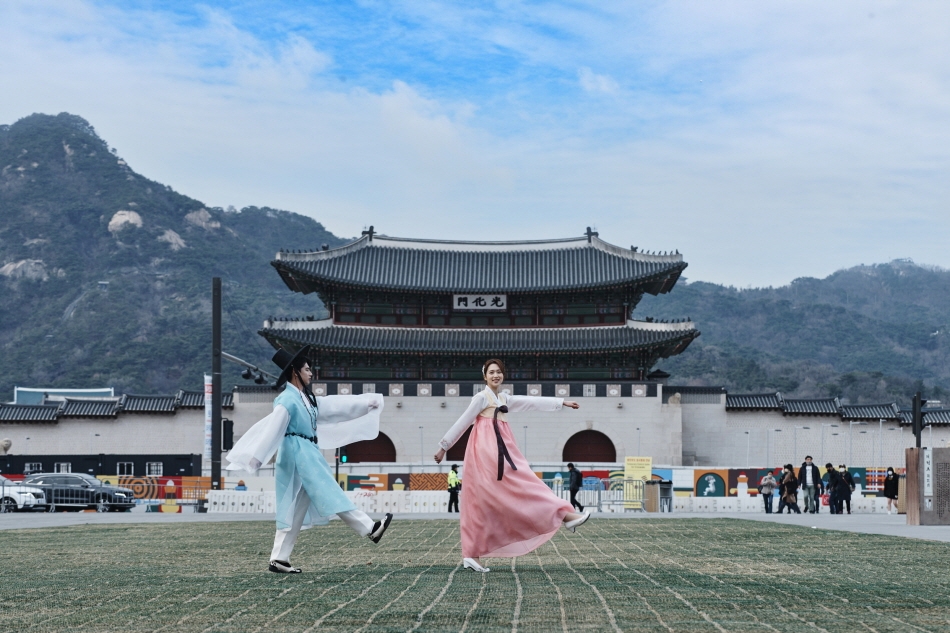
Serving as the main gate of Gyeongbokgung Palace, the original Gwanghwamun Gate was burnt down during the Imjin War in 1592 and several restoration projects have been implemented in modern times. Gwanghwamun played an important role in allowing the king to meet people to communicate during important state events.
Standing at the center of the plaza is the statue of King Sejong, admired as the greatest king of the Joseon dynasty. Curious about the BTS time capsule that will be opened in 2039? Then visit the Seoul Museum of History across the street.Bukchon Hanok Village
Called Bukchon because it is a village located to the north of Cheonggyecheon Stream and Jonggak Belfry, this place was a wealthy village where the royal family, aristocrats, and bureaucrats of the Joseon dynasty who had to commute to the palace lived together. The alley lined with 1,500 traditional Korean houses standing next to each other shows the history of 600 years, which is why ChatGPT selected Bukchon as one of the top five travel destinations in Seoul.
The hanoks spread like wings to the left and right here. To appreciate the true beauty of this place, go up the alley till you reach the end of it. Skyscrapers lined up beyond the tiled roofs evoke the illusion of being at the intersection of the past and the present.* This column was last updated in April 2023, and therefore information may differ from what is presented here. We advise you to check for updates before visiting.
-



